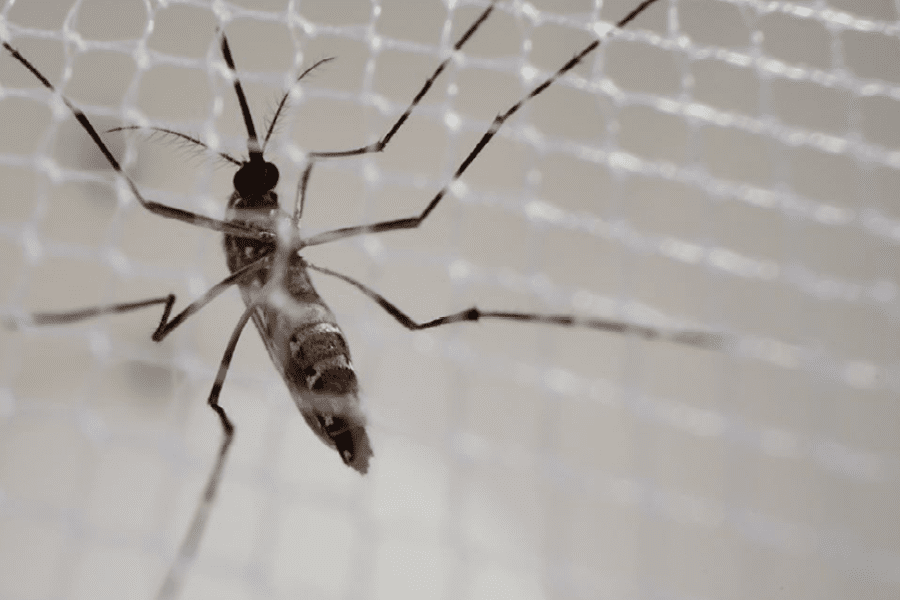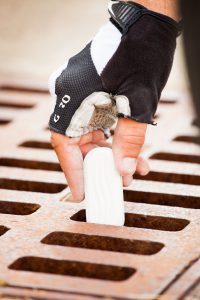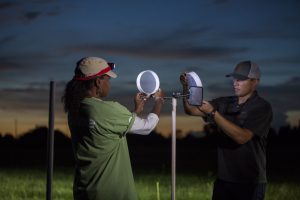Choosing the right products for mosquito relief


If you’re involved in selecting the professional mosquito control products used to control nuisance populations and disease vectors, how do you begin to assess and decide what products get put into your program? When it comes to public health mosquito control, there are a lot of options. Here is what we recommend be considered when choosing the right products for mosquito control in your community:
Consider the fundamental approach for your professional mosquito control program. Are you focused on proactive population suppression – primarily using larvicides to keep mosquito populations low from the get-go? Or do you tend to operate with a more responsive approach, opting to apply adulticides to reduce population spikes or control disease? An integrated approach supports doing both – using larvicides for preemptive suppression and adulticides to control emerging populations.
Reviewing the program goals, financial and staff resources, and your local seasonality for mosquito control can often lead you towards the first important choice in public health mosquito control – larviciding, adulticiding or integrated control measures.

Larviciding involves treating the water where mosquitoes lay eggs with insecticides to prevent larvae from becoming flying and biting adults. Think of it as stealth mosquito control – it works proactively behind the scenes, with great benefit to your overall program. At first glance, the upfront cost of larvicide products can appear to be prohibitive. But larviciding, when done correctly, will actually reduce the amount of adulticide treatments needed to deliver and maintain nuisance and disease control in your district or county.
Early in the season, population suppression using larvicides is typically most effective. Breeding habitats – and their ease of access for treatment – are often important factors in product selection for larvicides. But by mid-to-late season, combating disease vectors and population spikes with adulticides may become more impactful.
There are three main active ingredients available in larval control products for public health mosquito control.
Mosquito adulticides are applied through an Ultra-Low-Volume (ULV) sprayer that typically puts out less than 1 oz of product per land acre. In addition to being economical, adulticides allow you to act fast and deliver immediate relief against nuisance or disease vectors. When your constituents demand quick action, an adulticide treatment is a very visible and politically “immediate” way to show you’re taking public health seriously. On the flip side, adulticide treatments may face public push back from residents, on a wide range of issues from the impact of a treatment on the environment, to human risks associated with pesticide exposure, and everything in between. So, know your constituents and be prepared to address application safety.
 When it comes to using any control product in your program, what do you know about how susceptible your local mosquito populations are to that product? This applies more specifically to adulticide products. Why?
When it comes to using any control product in your program, what do you know about how susceptible your local mosquito populations are to that product? This applies more specifically to adulticide products. Why?
Although there are many adulticide formulations available for public health mosquito control, they only fall into one of two approved classes of chemistry – organophosphates or pyrethroids. So its best practice to rotate between these two chemistry classes to prevent developing susceptibility issues and extend the life of all available products. But the reality is that many parts of the country (and world) are already experiencing very real susceptibility challenges with pyrethroid-based products, which are also widely used in agricultural and pest control applications, as well as mosquito control.
While there is a race to find a new class of chemistry for public health mosquito control products, we have to steward the two classes of chemistry we have wisely! Having field trial data or indicator results from bottle bioassay tests that show the susceptibility levels inside your district or county can go a long way in making wise product selections for mosquito control.